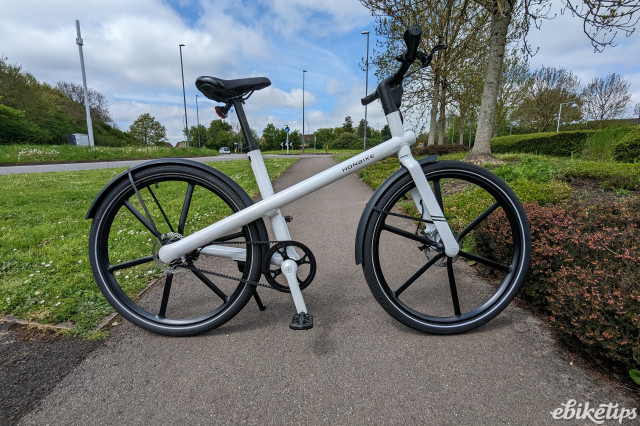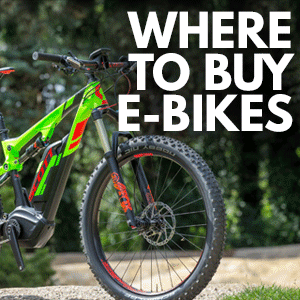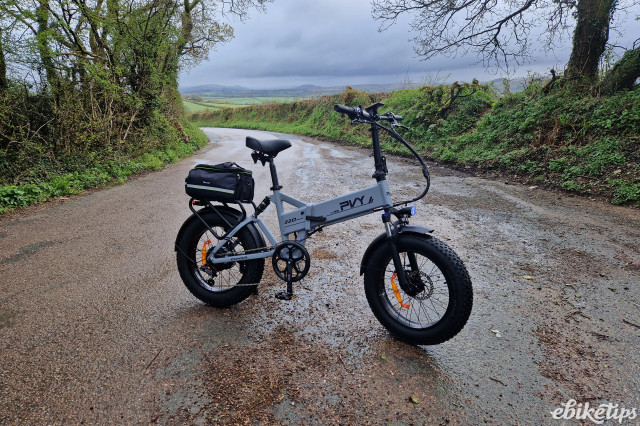The Cityshuttle ePack is the latest in a new breed of pedal assist commercial vehicles. These compact electric vans are aimed at revolutionising urban transport by combining cargo-carrying convenience with the environmental benefits of cycling.
Specifically aimed at businesses, the Cityshuttle ePack is a six-wheeled commercial vehicle optimised for operation within the confines of bustling city centres.
Its design caters to the demands of urban commercial transport, where ultra low emission zones, time constraints, and efficient use of space are important considerations.
This new class of cargo e-bike has already garnered support throughout Europe from big names like FedEx and Hermes. But delivery companies are not the only ones benefiting from this recent technology — laundry firm Oxwash has been using the EAV 2Cubed 4-wheeled cargo e-bikes since late 2020.
With increasing fuel prices and low-emission zones being rolled out in many cities, affected businesses can significantly reduce costs and contribute to cleaner, greener cities by switching to something like the ePack. The pedal-assist system lessens the environmental impact and promotes a healthier lifestyle for the riders.
At its core, the Cityshuttle ePack is a cross between a small van and an electric bike. It has six wheels, and is five metres long, with a 4,000 litre and 350kg payload capacity. At only 900mm wide, it can be used in cycle lanes, avoiding potential delays due to traffic congestion.
The Cityshuttle certainly has an impressive spec sheet. It features a dual 250W motor capped at a 25km/h assistance limit to comply with UK e-bike laws.
It also has a dual battery, offering a practical range of 70-100km, which should be sufficient for a good number of city centre deliveries. There’s also full double-wishbone suspension, cargo-specific brakes and a host of security features, including GPS tracking, immobiliser, and built-in CCTV.
While the Cityshuttle and similar commercial LEVs may become common on our roads and cycle lanes, their integration into existing cycling infrastructure could be challenging. London’s bike lanes are already a smorgasbord of bikes, e-bikes, e-scooters and cargo bikes and adding 5-metre-long vehicles into the mix will certainly make things interesting. Foresight and planning will be essential to accommodate these vehicles while maintaining the efficiency and safety of city cycling networks.
Prices are not currently available, but given the potential savings on maintenance and fuel costs, the Cityshuttle should offer a cost-effective solution for businesses in larger cities.









